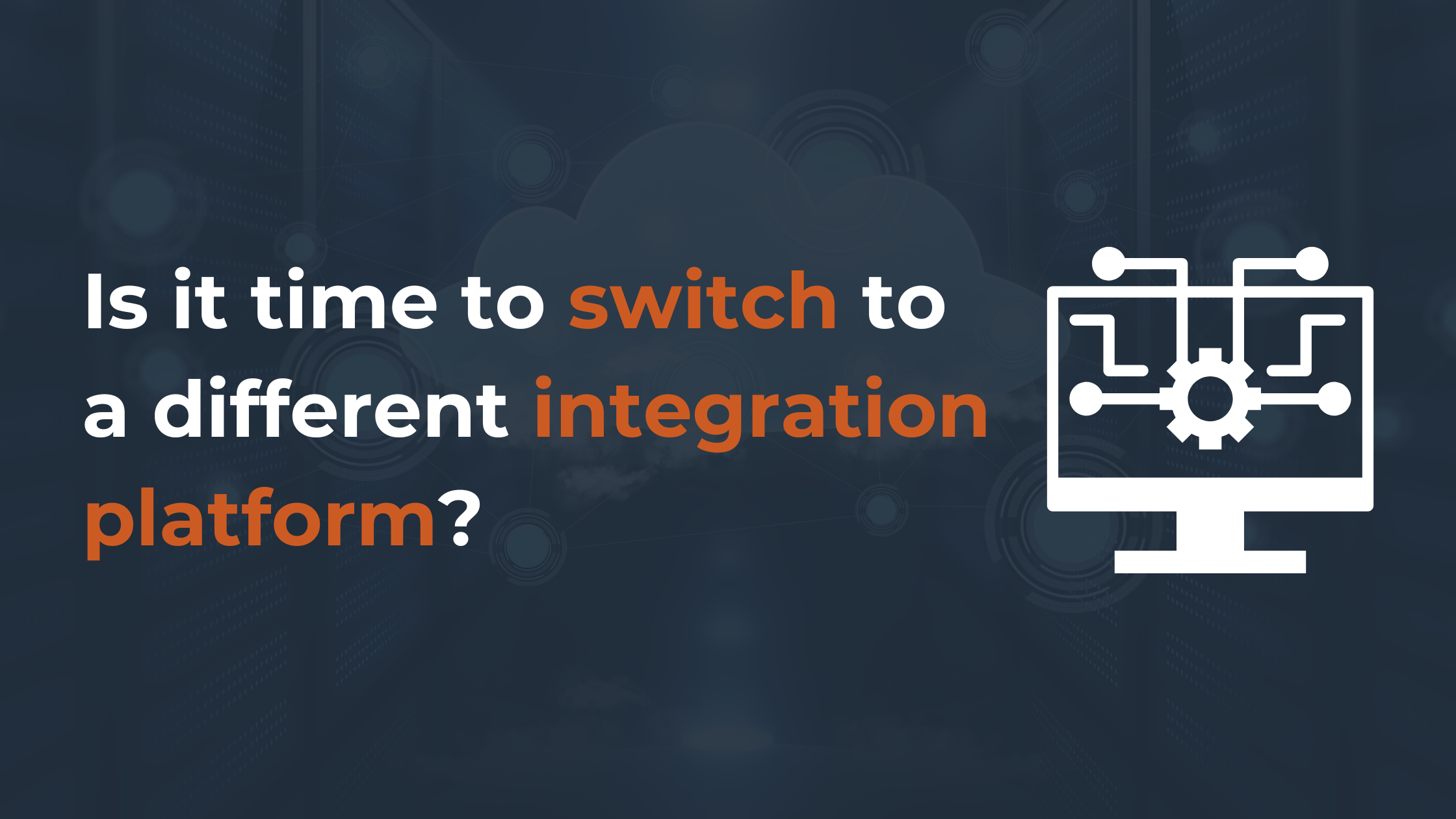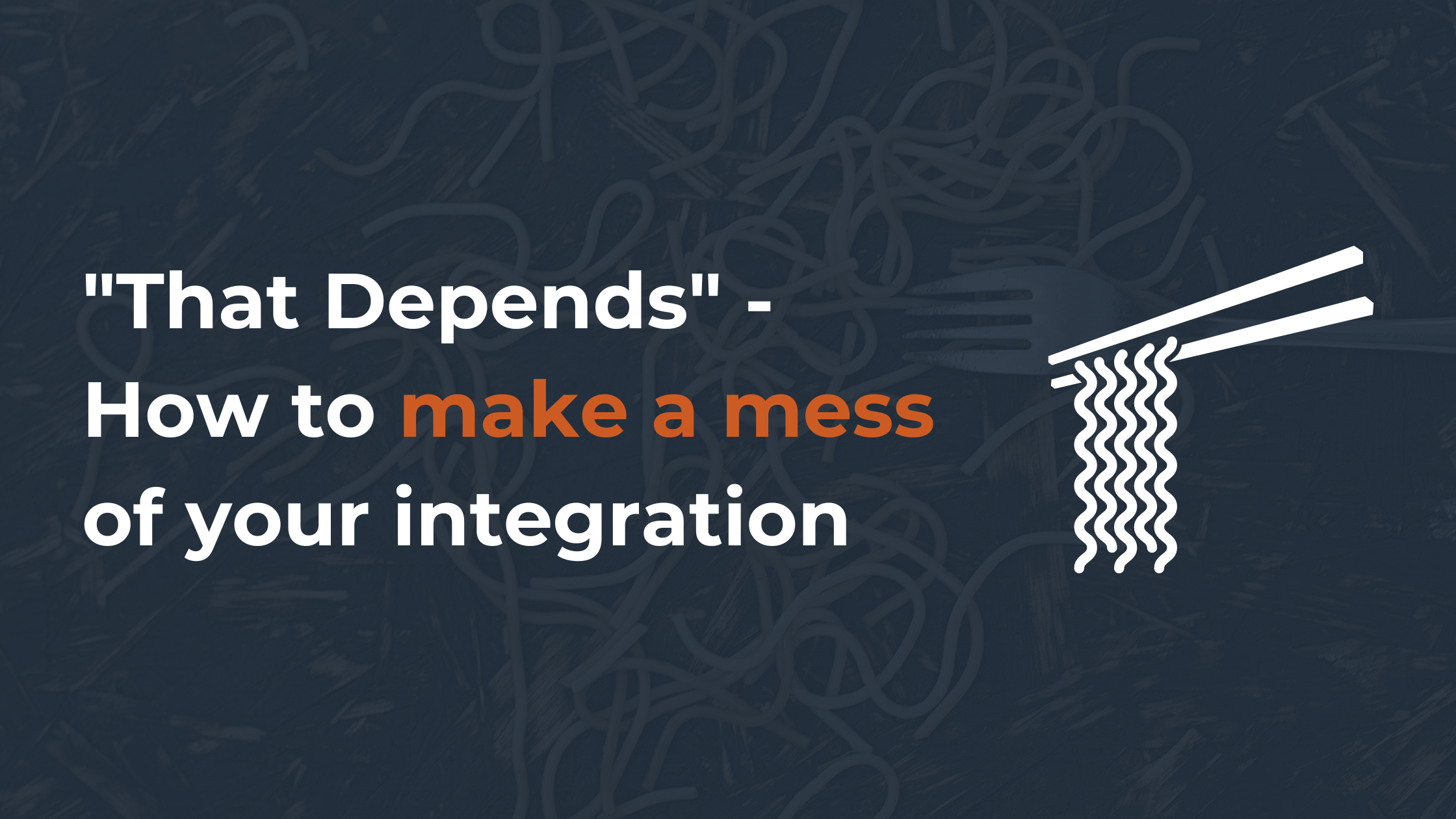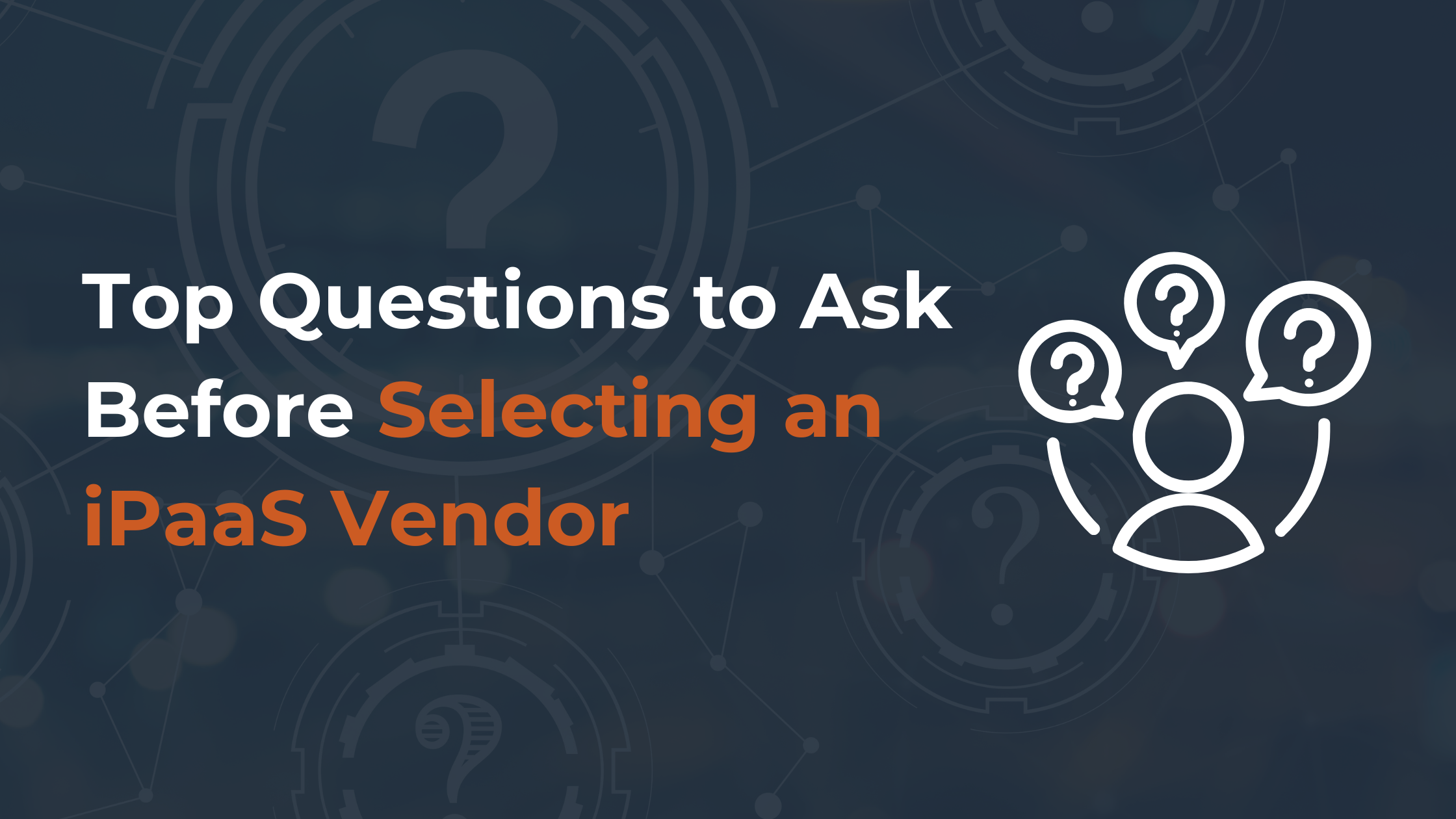The next step is to create a plan– a roadmap for your salesforce data migration. Proper planning will ensure that the process runs smoothly and makes efficient use of your time and resources.
Before you dive into any of the details of mapping data, setting up your reporting, integrations, or any other functions of your new CRM database, it’s essential to create a roadmap, 30,000-foot view of what your migration project entails. This checklist will be necessary to execute the migration and provide the answers before you begin.
Get the right people involved.
Your CRM database is the foundation for your business and likely has more than one person inputting and accessing data. You want to be sure that you have invited those most impacted by the decisions and the results of migrating the data to be a part of the process. Keep the team aware of the timing of the CRM migration, when testing will happen, and any impact on reports and accessibility.
To ensure accuracy keep the database administrator and the head of each team involved. For example, if you are sales, you can review and approve the results of the import of your opportunities data. However, if you are also migrating marketing, enlist the help of someone familiar with that dataset to validate.
Consider the method of migration.
Often, it makes sense to consider third-party support, like Trujay, to guide your team through your salesforce data migration. However, before you commit, verify details of the service and how they fit with the resources (time and expense) available for the project.
The following are examples of options available to you for migration:
- Migrate the data yourself, using the Trujay Migration Wizard. This is ideal for smaller and less complicated projects.
- Hire a Salesforce consultant or project manager for your move to Salesforce.
- Use Trujay’s Custom Migration Services. Work with a migration expert to scope the requirements and offload the heavy-lifting – such as mapping fields and exporting and importing the data.
Finalize which data you want to move.
Decide what to keep and what data (if any) you exclude from the migration. Sometimes antiquated data doesn’t make sense in your new CRM. Migration is an optimum time to evaluate current data and assess what is helpful for your team.
The more data you move, the more expensive (and more labor-intensive to review and validate) your project is. There may also be integrations to handle some of this data flow.
Give your data a health check.
Consider the last time you took your CRM for a health assessment. Now is the time to dedupe and remove bad data. Attempt to tackle this clean-up before you make a move. Bad data includes, but is not limited to:
- Invalid email addresses
- Missing addresses or phone numbers
- No owner assignment
- Open lost opportunities
- Closing lost or disengaged leads
There are many approaches to cleaning up data; however, the end goal remains the same: the new dataset should set you up for success on day one with your new CRM.
Prepare your Salesforce CRM.
You’ll want to set up some basics before you begin migrating your data.
- Setup fields to accommodate your old data (i.e., custom fields, audit fields);
- Add users with permissions necessary to use the new CRM database;
- Turn off validation rules, workflows, or triggers, to avoid errors during the import.
Rule of thumb: if you don’t need it now, disable it. You can always go back and set up post-migration.
Set a cut-off date.
Know your official cut-off date, where you, as a team, stop entering data into your old CRM, ensuring you are migrating the most up-to-date data (and you won’t lose any new records.) This provides a clean, accurate, and timely transfer.
You may have access to your old CRM database for a period post-migration. Be sure of any cut-off date before completing the migration to ensure you don’t lose access to your archives, should any post-migration needs arise. The old system should act as a resource, not a live database. Consider running a backup of your previous database, just in case you need it.
Once you are satisfied with the migration results, have backed up your archives, and have begun using your new CRM, you can consider the move to Salesforce complete.
.png)



